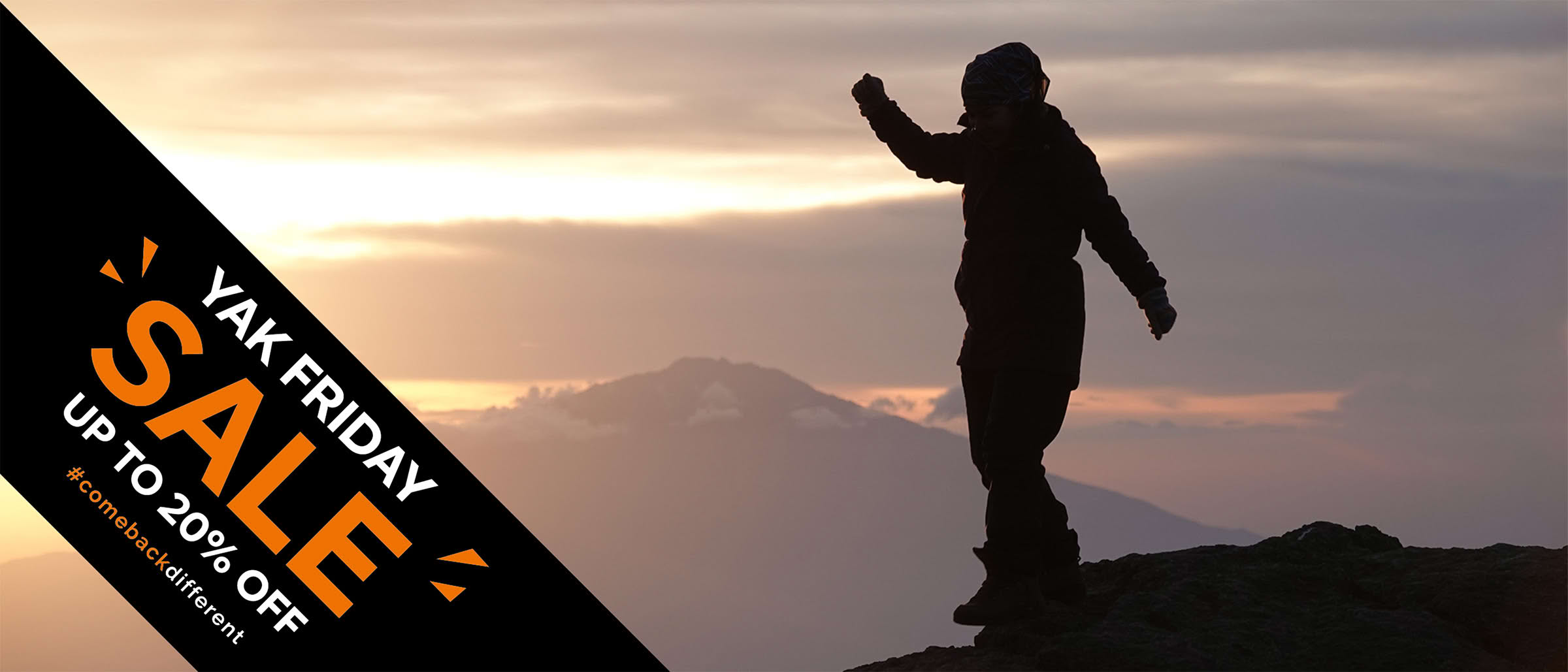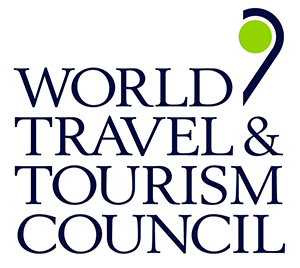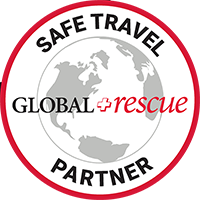BY Rami Rasamny | April 04 2025
The Definitive Guide to Climbing Mont Blanc
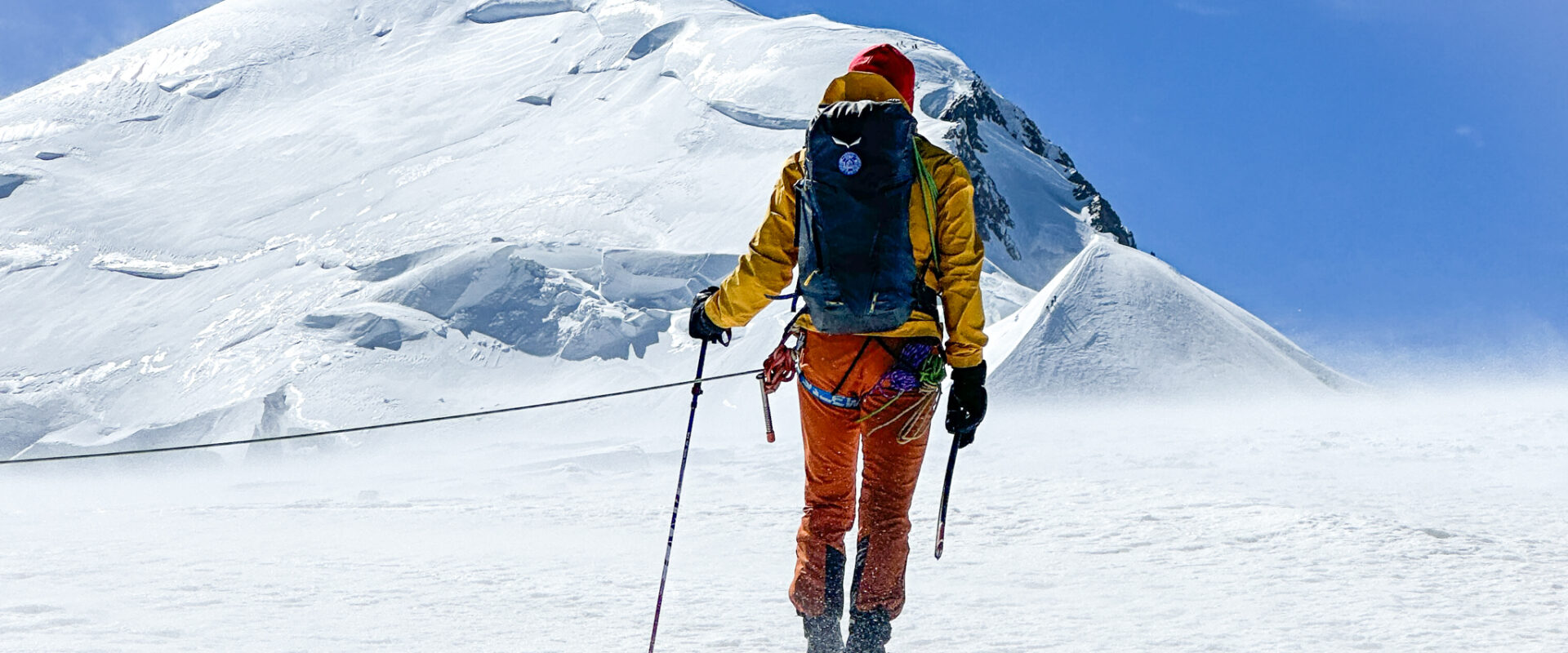
For centuries, Mont Blanc has captured the imagination of adventurers and mountaineers across the globe. At 4,808 meters (15,774 feet), it is the highest peak in Western Europe and a rite of passage for anyone who dreams of standing atop the Alps. Whether you’re planning your first high-altitude summit or looking to deepen your understanding of this iconic mountain, this definitive guide will walk you through everything you need to know before your Mont Blanc climb.
A Brief History of Mont Blanc Ascents
The first recorded successful climb of Mont Blanc took place on August 8, 1786, when Jacques Balmat and Dr. Michel-Gabriel Paccard reached the summit, marking the birth of modern alpinism. Nearly thirty years later, Marie Paradis became the first woman to stand on Mont Blanc’s summit in 1808, blazing a trail for future generations of female climbers.
Today, between 20,000 and 30,000 people attempt to climb Mont Blanc every year, making it one of the most climbed peaks in the world.
When Is the Best Time to Climb Mont Blanc?
Traditionally, the best time to climb Mont Blanc has been from mid-June to mid-September, when weather conditions are most stable, and the mountain huts are open. However, recent years have shown a dramatic shift in conditions due to climate change.
August has increasingly become a month to avoid. Repeated heatwaves have destabilized the granite and permafrost, resulting in frequent and deadly rockfalls, particularly along the Gouter Route. The situation has become so severe that the municipality of Saint-Gervais has ordered closures of the huts on the normal route during August in 2 out of the past 5 years, to discourage climbing during this dangerous window.
This trend has prompted us at Life Happens Outdoors to remove August from our climbing schedule entirely. Instead, we now offer climbs beginning in late May, which has consistently presented more stable and safer conditions. In fact, huts on the normal route have started opening earlier in May in response to this shift.
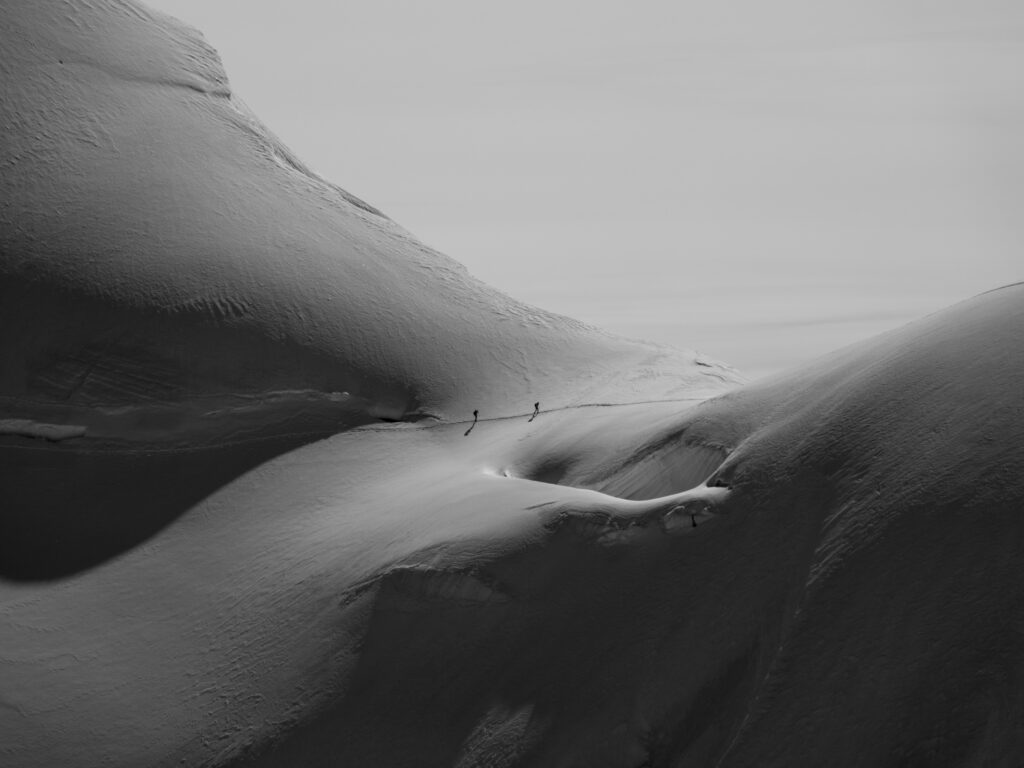
How Long Does It Take to Climb Mont Blanc?
The actual ascent of Mont Blanc is typically completed over 3 days and 2 nights, with time divided between the ascent to the Gouter Hut or Tete Rousse, a summit push, and descent.
However, a proper Mont Blanc climb requires a total of 6 to 8 days, including acclimatization and training days. This preparation is essential for both safety and success. Participants typically spend several days at altitude and undergo technical training, often including glacier travel, crampon use, and ice axe techniques.
The Life Happens Outdoors guided climb follows this exact model, building both physical readiness and confidence over the course of the trip.
Route Selection: Which Route Should You Choose?
There are four main routes to the summit of Mont Blanc:
- The Gouter Route (Normal Route) – The most common and arguably safest route. Involves a night at either the Tete Rousse or Gouter Hut before a summit push.
- The Trois Monts Route – A more technical route via Mont Blanc du Tacul and Mont Maudit, often used by more experienced climbers.
- The Grands Mulets Route – Less frequented, typically used in spring by ski mountaineers.
- The Italian Normal Route (Gonella Route) – Starting from the Italian side via the Gonella Hut, this is a more remote and demanding route that traverses the Dôme Glacier and merges with the French normal route before the final summit push. It offers a quieter alternative and stunning views but is longer and more exposed to weather changes.
At Life Happens Outdoors, we operate the Gouter Route as our standard offering, balancing safety, success rates, and aesthetic appeal. However, we do take other routes upon request, especially for experienced climbers or private groups. Please note that extra charges may apply, particularly when a 1:1 guide-to-client ratio is required for safety.
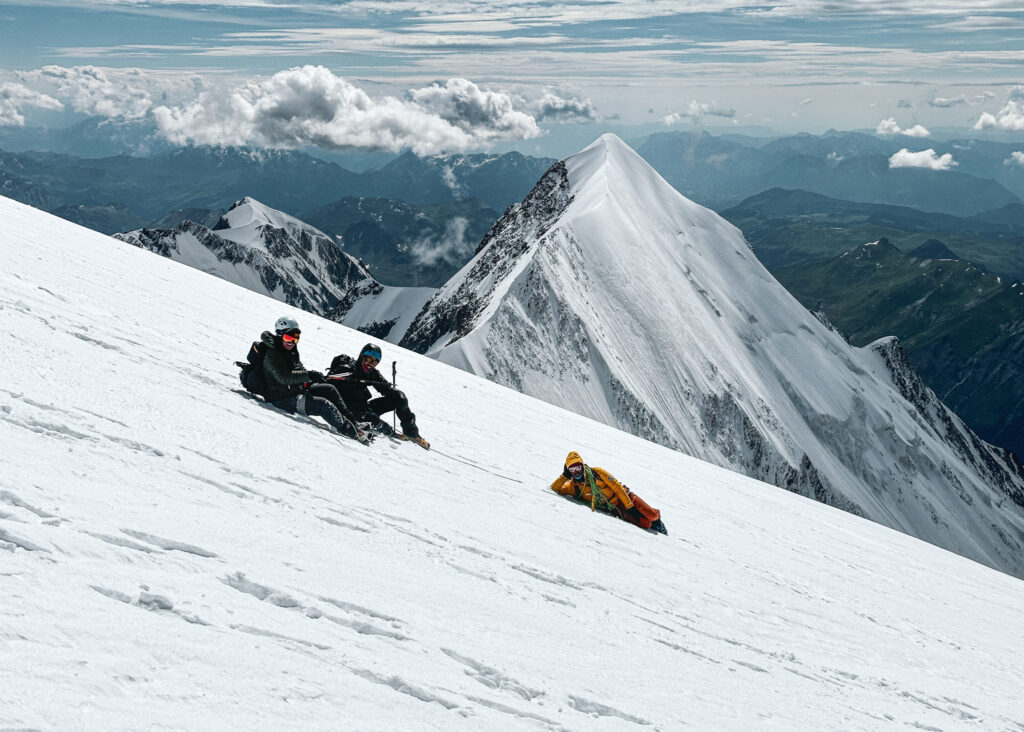
How Hard Is It to Climb Mont Blanc?
While not the most technically difficult alpine peak, Mont Blanc demands excellent physical conditioning, mental endurance, and familiarity with basic alpine skills. Climbers must be able to:
- Hike for long periods at altitude
- Use crampons and ice axes confidently
- Navigate glaciated and mixed terrain
Weather, altitude, and fatigue are the greatest challenges. That’s why guided climbs are highly recommended for all but the most experienced alpinists.
A Mont Blanc climb guide, especially through an experienced operator like Life Happens Outdoors, provides the expertise and local knowledge necessary to mitigate risk and increase your chances of a safe, successful summit.
What Do You Need to Climb Mont Blanc?
A proper Mont Blanc guided climb requires:
Gear:
- B2 or B3 mountaineering boots
- Crampons
- Ice axe
- Helmet
- Harness
- Glacier sunglasses
- Layered clothing system
- Headlamp, gloves, gaiters, and backpack
Skills:
- Experience with crampons and ropework
- Comfort with high-altitude trekking
At Life Happens Outdoors, we provide a complete equipment checklist and assist with gear rental in Chamonix. Our program includes technical training days to build your confidence before summit day.
How Much Does It Cost to Climb Mont Blanc?
Costs for a Mont Blanc guided climb vary significantly. Guide-only trips typically cost between €1,500 and €2,500+ for the 3 climbing days, depending on the guide’s experience and group size.
However, this budget does not include acclimatisation or training days, which can substantially increase the cost if booked separately.
Our Life Happens Outdoors expedition includes:
- Full 8-day program with acclimatization and training
- All accommodation (mountain huts and Chamonix lodging)
- Group equipment
- At least 2 days of climbing photography (an LHO exclusive)
- A dedicated expedition coordinator working with you pre-trip and on the ground
- Seamless logistics and mountain hut bookings
- Alternative summits and replacement climbs at no extra charge if Mont Blanc is deemed unsafe or inaccessible for the team
The cost of the full Life Happens Outdoors Mont Blanc trip is between £4260 and £4695, a competitive price point made possible by shared costs within a group setting, while still ensuring:
- Individual attention from guides
- Individualised summit options when needed
- A powerful and supportive team environment

Why Choose a Guided Climb with Life Happens Outdoors?
Life Happens Outdoors is more than a guiding company. We are a global community of adventurers who believe in the power of the outdoors to transform lives. Here’s what sets our Mont Blanc climb apart:
- Carefully selected IFMGA-certified guides
- A fair and ethical approach with our guides, offering attractive rates, an all-covered structure, and the most generous cancellation terms anywhere in the valley
- Deep personal relationships with every guide we work with, ensuring they always go above and beyond for you
- Tailored acclimatization and training
- Early and late-season departures for safer climbs
- August removed from our schedule to reflect real-time safety data
- Unmatched support via a dedicated expedition coordinator
- Stunning climbing photography included as part of your experience
- Flexible and inclusive approach to weather-related changes
If you’re looking to climb Mont Blanc with confidence, community, and purpose, we invite you to take that step with us.
Ready to make the summit your story? Explore the full itinerary and join us here: Climb Mont Blanc with Life Happens Outdoors
About The Author
Rami Rasamny is the founder of Life Happens Outdoors, a premium adventure travel community dedicated to transforming lives through curated outdoor experiences. A mountaineer and entrepreneur, Rami has led teams on some of the world’s most challenging peaks, from the Alps to the Himalayas. His mission is to make adventure accessible, transformative, and safe for all who seek to push their limits and Come Back Different.
About Life Happens Outdoors
At Life Happens Outdoors, we believe in the power of nature to transform lives. As proud members of the Adventure Travel Trade Association (ATTA) and the World Travel & Tourism Council (WTTC), our team of certified guides and outdoor professionals is committed to the highest standards of safety, sustainability, and excellence.
Discover more about our story and mission on our Meet LHO page, or explore our curated adventures such as the Tour du Mont Blanc Trek, the Climb of Kilimanjaro, and Chasing the Northern Lights.









